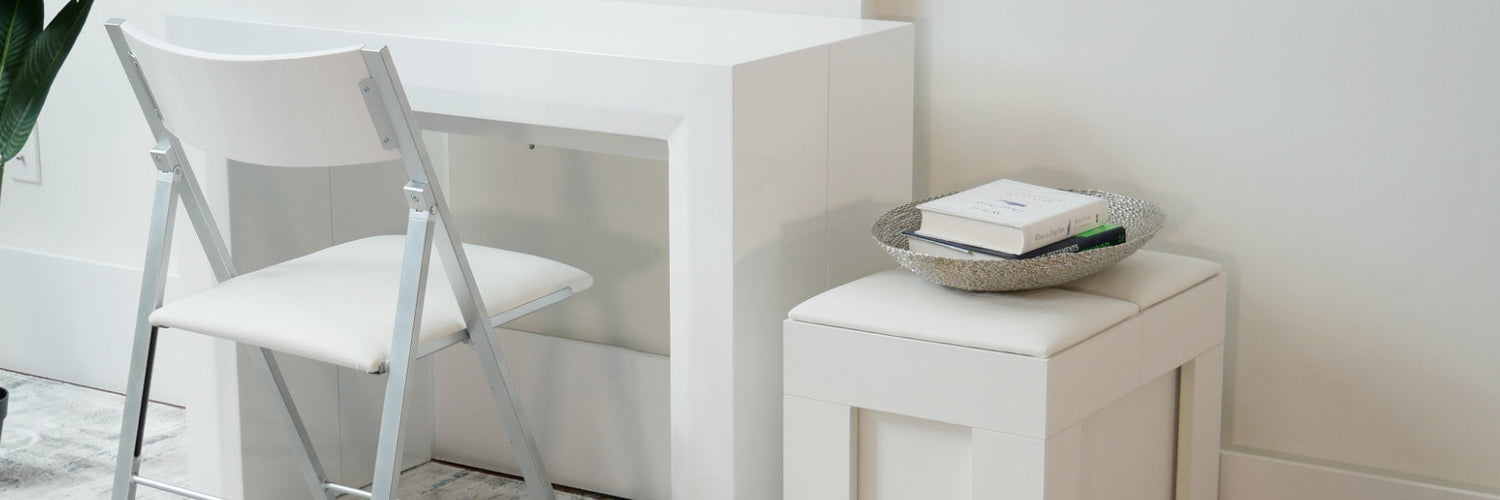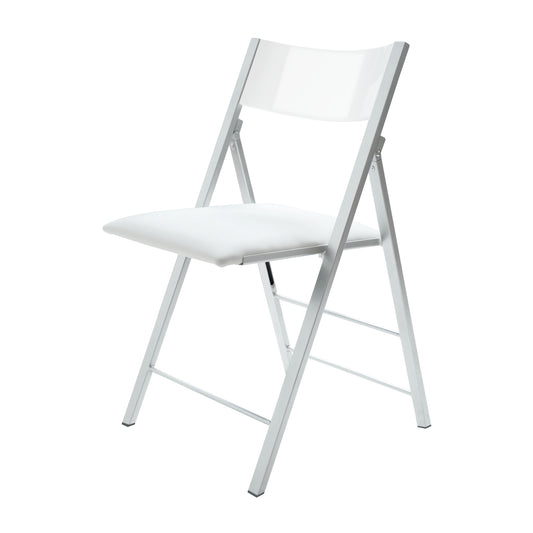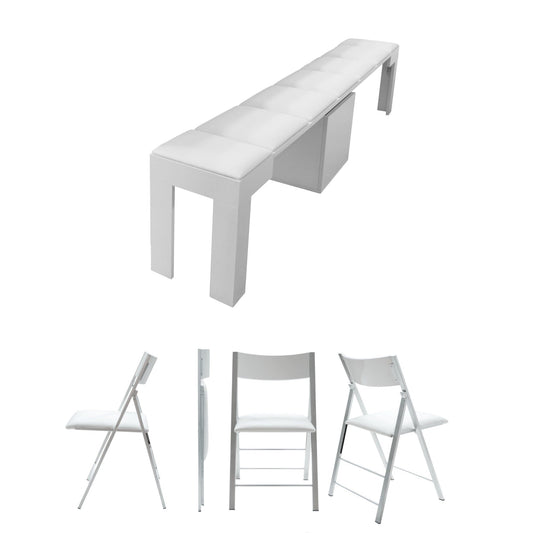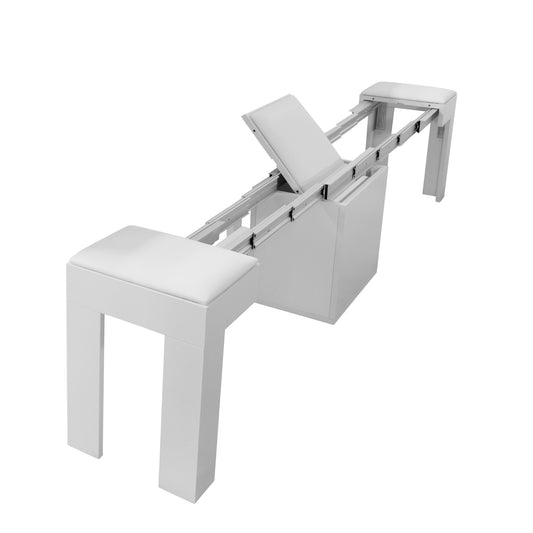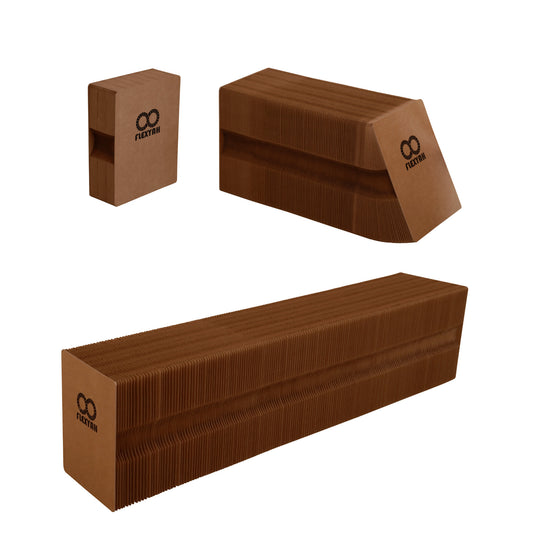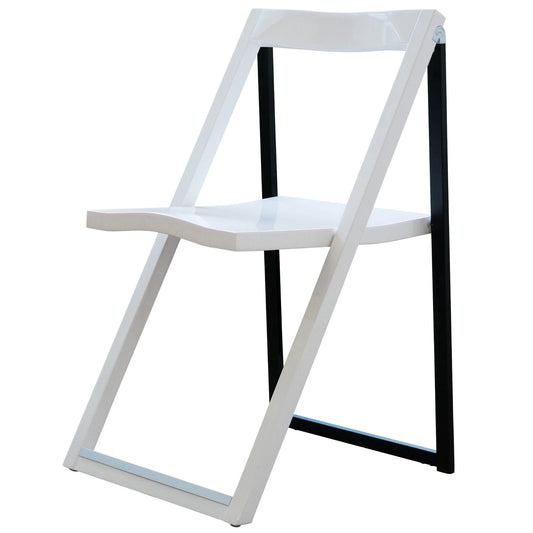All furniture needs cleaned and aired out from time to time, and this is especially true with storage pieces as moisture and dust can lead to health issues. George Washington University Institute of Public Health found that 10 harmful chemicals are found in 90% of household dust samples taken, and this study from BMC which is a part of Springer Journals shares that household dust can harbor bacteria, viruses, and fungus.
Moisture can lead to mold and mildew which the NIH has linked to respiratory issues and the CDC has the same findings on their page dedicated to mold. This is why it is important to air out and clean your furniture from time to time, but what is the right time?
We’re here to help when it comes to your lift storage beds. It’s easy to pile boxes, clothes, decorations, and other items in your storage space, then decide not to wipe things down or dust when you get them out seasonally. But this is also the time to give it a good cleaning as you already have the space emptied.
It is also a good idea to add a couple more in between depending on where you live including humid vs. dry climates, areas with work zones in cities, deserts with more sand and dust, or by the shore with salt air.
But before cleaning, you want to check for the signs of mold, mildew, and dust.
How to Detect Mold, Mildew, and Dust on a Lift Storage Bed
The first thing to do before you clean is to look for the signs of mold, mildew, and dust. Here are some of the most common things to look for. If you find any of these, treat the issue before airing out and cleaning the area.
Mold:
- Discoloration on the furniture, floor, or carpet and on the items stored
- Any growth with a fuzzy or slimy looking texture
- Musty and earthy smells
Pro-tip: If any of the above are present, look for the source of moisture that leads up to the spots and stop the flow of liquids.
Mildew:
- Discoloration on the furniture, floor, or carpet and on the items stored
- Any growth with a powdery or fluffy looking texture
- Musty and earthy smells
Pro-tip: A bleach test where you use a cotton swab dipped in bleach to blot or wipe the area is a good first step in identifying mildew. If the spot lightens it is mildew. Make sure the area is not visible as it may discolor fabrics, stains, and lighten your furniture or stored items.
Dust:
- Particles floating in the air after you lift the bed or cause a burst of air by waving a fan or using a broom to go through the storage space
- Powdery build ups
If you find any of these three contaminants, clean them before you place your stored items back under the lift storage bed. If you don’t get rid of them, the potential for the issue to get larger increases.
The Right Frequency to Air Out Lift and Storage Beds
The amount of times you need to clean your storage bed depends on where you live. We’ll start with general guidance on what to do and at which time interval, and then go into some more details based on climates.
Weekly:
One a week you’ll want to:
- Dust the frame.
- Wash the bed sheets, pillow cases, and blankets.
- Vacuum the mattress with the upholstery attachment to lift dust while the sheets are off.
Monthly:
Each month make sure to:
- Lift the base and wipe down the slats and supports.
- Dust off or wipe down the inside walls.
- Clean any visible surfaces.
- Keep the bed lifted for a few hours to let it air out.
Every Three Months:
Once every three months when the seasons change:
- Empty all items from underneath and clean the floor space and areas you cannot get during the weekly and monthly cleanings.
- Let it sit empty for two to three hours before adding the stored items back so it can air out completely.
One important thing to remember is that moisture leads to mold and mildew. Let everything dry and clean up any liquids or spills before you place your storage items back.
Based on where you live you’ll want to increase the frequency, especially the monthly tasks which can become twice per month.
- Deserts (arid climates meaning lower amounts of water) and areas with a lot of construction will accumulate dust more quickly, so increase the amount of dusting you do.
- Humid areas along coastlines, large bodies of water including the great lakes, and warm tropical climates in the south, will have more of a chance of growing mold and mildew. Add checking for mold and mildew to the monthly or three month tasks vs. looking once or twice a year.
- If the storage bed is part of a hostel, hotel, or rental unit, you’ll want to clean and change the bed after each guest. In addition you’ll want to add a monthly or weekly check for infestations including roaches, bed bugs, ants, and other pests that guests may accidentally bring to the space. It is easier to get rid of these pests before they have a chance to spread across the room or building, and before they can breed.
Lift and storage beds maximize your living space to let you live more freely in your home. With a little bit of extra care including cleaning the storage areas at the right intervals, you can enjoy your bed for a long time to come.
